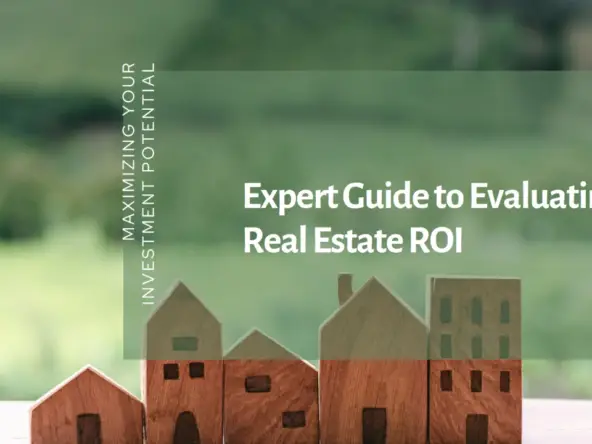If you are currently in the market for a mortgage, you should be familiar with the term “mortgage default insurance.”
For those who aren’t or if you need a bit of a refresher, I’m going to outline some of the basics about mortgage default insurance and how it can impact the rates that are available to you.
First and foremost, it’s important to differentiate mortgage default insurance from creditor insurance.
The former exists to protect the lender in the event the borrower defaults on their mortgage and is mandatory for all mortgages where the borrower has a down payment of less than 20%.
Creditor insurance, on the other hand, is an optional insurance that can be purchased by the borrower and provides peace of mind for family members or co-borrowers by covering a portion or all of the remaining mortgage balance in the event of the mortgage holder’s death.
What type of mortgage do you need?
When shopping for a mortgage, you’ll find rates available for three main kinds of mortgages: insured, insurable and uninsured. Here’s a run-down of all three:
- Insured mortgages
Insured, or “high-ratio” mortgages, are generally those where the buyer is making a down payment of 20% or less. In other words, mortgages where the loan-to-value is between 80.01% and 95%.
By Canadian law, in order for financial institutions to provide these types of mortgages they must be default-insured by one of Canada’s three main default insurance providers: Canada Mortgage and Housing Corporation (CMHC), Sagen or Canada Guaranty.
Contract rates for insured mortgages are typically among the lowest available since the insurance provider is taking on the risk of default rather than the lender, in turn lowering the lender’s cost of funding. However, when comparing overall costs, it’s important to factor in the cost of insurance for insured mortgages, which is typically rolled into the total mortgage amount and doesn’t have to be paid upfront. Certain provinces do, however, charge tax on the insurance amount, which must be paid at the time of closing.
Restrictions that apply to insured mortgages include: a maximum property value of $1 million, a maximum amortization of 25 years, the property must be located in Canada, standard debt qualification ratios apply, refinances are not applicable and the property must be owner-occupied.
- Insurable mortgages
Insurable mortgages are similar to insured mortgages, but the borrower does not pay the premium. Instead, lenders are responsible for insuring these mortgages, which is generally done through back-end bulk insurance.
All of the same restrictions listed above for insured mortgages also apply to insurable mortgages, with one difference being that the loan-to-value cannot exceed 80%.
- Uninsured mortgages
These are loans that cannot be guaranteed by the government or private insurers and it means the lender must assume all of the risk in the event of default by the borrower. As a result, contract rates for uninsured mortgages tend to be the highest of the three.
Mortgages that cannot be insured include: applications where the purchase price exceeds $1 million, those with amortizations above 25 years, multi-unit rental properties and mortgage refinances.
Renewals and Transfers
As you can see, mortgage default insurance can affect the best rates that are available to you. In fact, it may create an opportunity to you if you currently have an insured or insurable mortgage as lenders may offer competitive rates for some existing borrowers as well. If your mortgage is coming up for renewal in the next 6-12 months, it would be beneficial to confirm if your mortgage is insured or insurable, and I would be happy to do that for you.
For a more detailed discussion about your specific needs and how these mortgage types apply to you, get in touch today!





